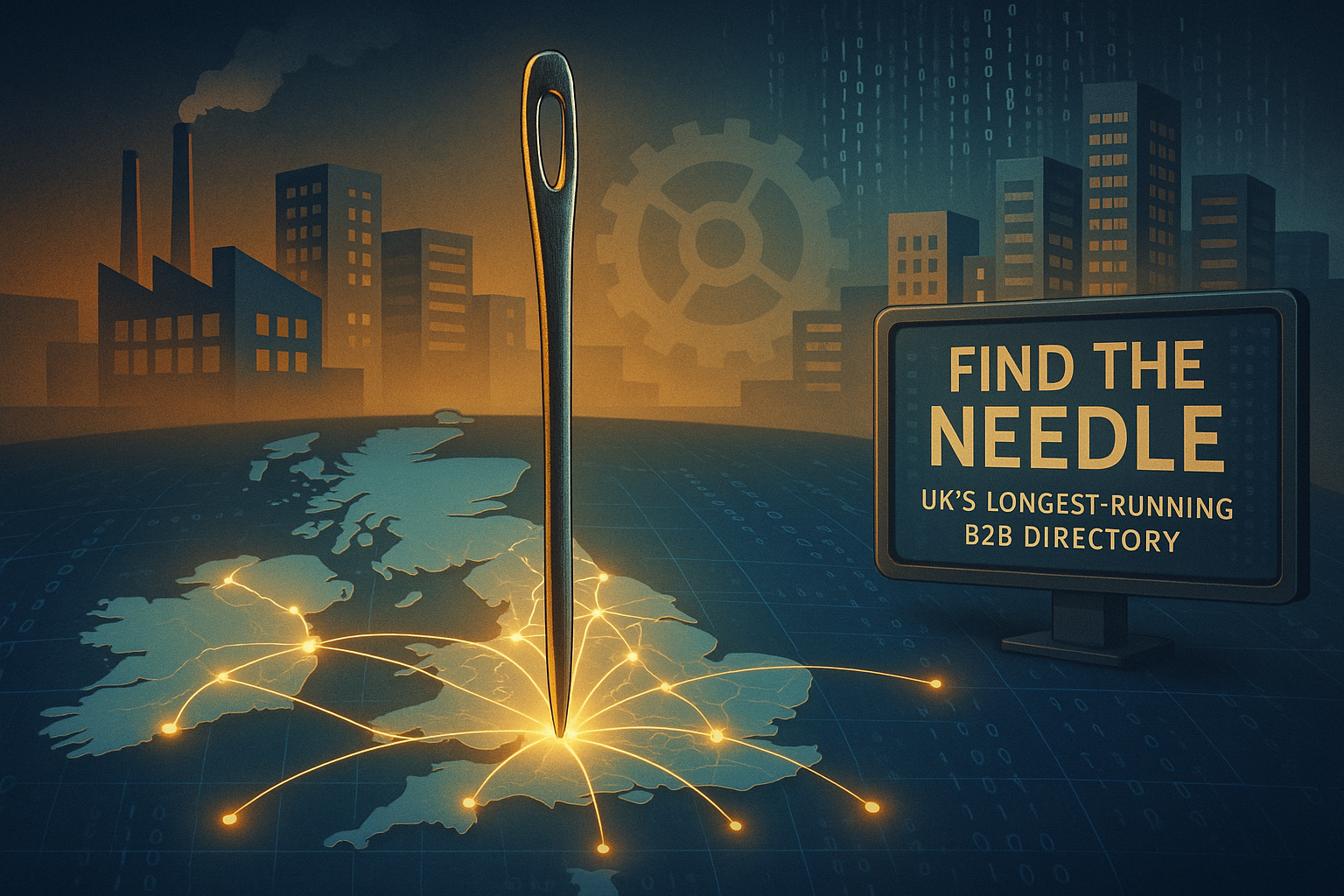A Sustainability Guide for Logistics Businesses
- 12 Jun 2024
- Articles
The United Kingdom has set ambitious goals for reducing its carbon footprint.
The government recently announced a £2.8 billion investment in zero-emission vehicles, aiming for a significant reduction in greenhouse gas emissions by 2030. This push towards sustainability extends beyond personal transportation and directly impacts businesses.
For businesses in this sector, minimising the environmental impact of operations is no longer just a feel-good initiative; it's becoming a commercial necessity. Consumers are increasingly eco-conscious and actively seek out brands that prioritise sustainability. A recent study found that 83% of Brits are willing to pay more for sustainable products and services.
This article provides a roadmap for business owners in the logistics sector to navigate their sustainability journey, focusing on five key areas that can make a significant impact.
Audit & Analyse
Before implementing eco-friendly practices, understanding your current environmental footprint is crucial. Conduct a comprehensive environmental audit to identify areas with high resource consumption. This may include analysing packaging materials used, energy use in warehouses, and fuel consumption for delivery vehicles.
Analyse your delivery data to understand shipment volumes, distances travelled, and the resulting fuel consumption. Here, collaboration with your delivery partners can be valuable, as they can provide insights into route inefficiencies that might be hidden from your own data.
Embrace Sustainable Packaging
Packaging plays a vital role in protecting your products during transit. However, excessive or non-recyclable materials contribute significantly to landfill waste. Explore eco-friendly alternatives like recycled cardboard boxes, which boast a much lower carbon footprint compared to virgin cardboard.
Consider replacing packing peanuts with biodegradable options like cornstarch-based materials or using water-activated tapes instead of plastic ones. Working with suppliers who offer minimal or even reusable packaging options can further reduce your environmental impact.
Optimise Delivery Routes & Schedules
Smart route planning goes beyond just efficiency; it can significantly reduce your carbon footprint. Utilise logistics software that optimises delivery routes, minimising fuel consumption and unnecessary miles driven.
Consolidate deliveries to specific areas on certain days to reduce the number of trips required. This not only benefits the environment but can also lead to cost savings through optimised fuel usage.
Invest in Sustainable Vehicles
The backbone of any delivery operation is its fleet. Transitioning to more sustainable vehicles like electric vans or hybrid trucks can drastically reduce greenhouse gas emissions. Several government grants and incentives are available in the UK to support businesses looking to switch to electric vehicles.
Additionally, explore alternative fuel options like biodiesel, a domestically produced fuel source, or compressed natural gas (CNG), depending on your delivery range and infrastructure.
Find a Partner with Green Credentials
Many courier services are becoming more eco-conscious, look for partners who utilise electric delivery vehicles in urban areas. Offering carbon offset programs to neutralise your deliveries' environmental impact, or invest in renewable energy sources for their operations.
Partnering with a company that shares your environmental goals strengthens your commitment to sustainability and allows you to leverage their expertise and infrastructure for a greener delivery network.


.jpg)





